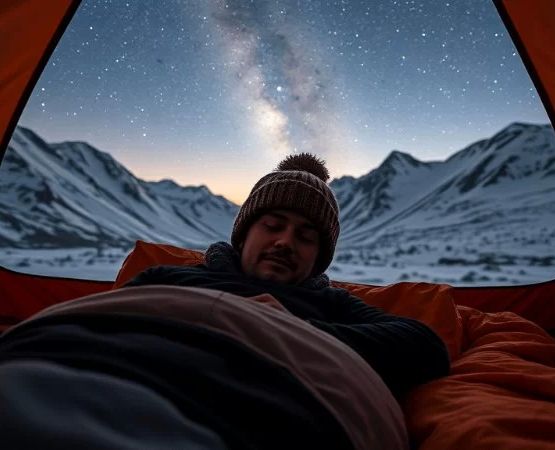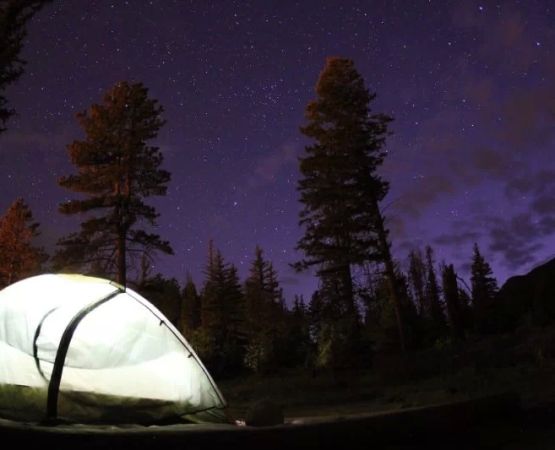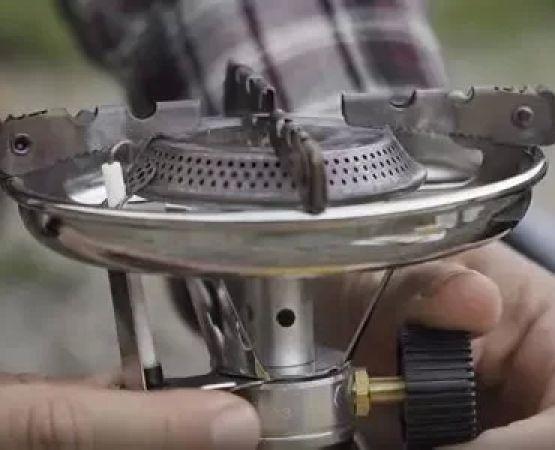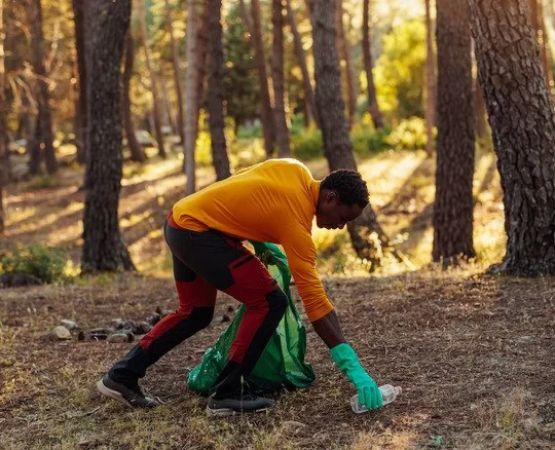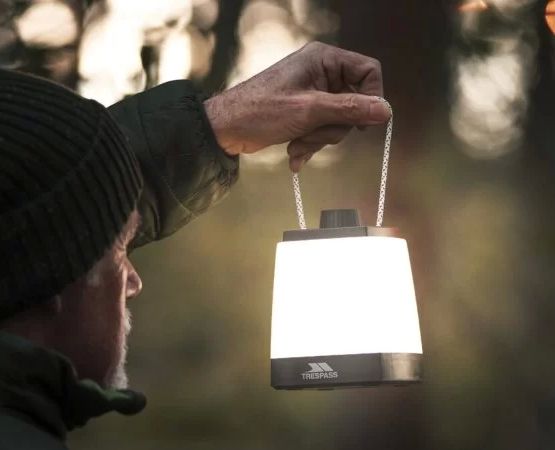- Why Make Your Own Camping Stove?
- Materials and Tools Needed
- Step-by-Step Guide to Building Your Own Camping Stove
- Real-Life Experience: My DIY Camping Stove Adventure
- Where to Use Your Camping Stove
Why Make Your Own Camping Stove?
If you enjoy camping, cooking outdoors, and embracing the do-it-yourself spirit, making your own camping stove can be an incredibly rewarding project. Not only does it save you money compared to buying a commercial stove, but it also gives you the chance to personalize the stove to suit your specific needs, whether you’re camping in the mountains or enjoying a weekend getaway at the beach.
Creating your own camping stove allows you to tap into your creativity while solving the practical challenges of cooking in nature. Plus, the sense of accomplishment when you successfully build your own stove is unmatched. Whether you're cooking over a small campfire or need a portable stove for lightweight meals, building your own stove gives you more control over your outdoor culinary experience.
Materials and Tools Needed
Building a camping stove doesn’t require a lot of complicated tools, but there are a few basic materials and supplies you'll need to get started. Below is a list of what you’ll typically need for a simple DIY camping stove:
1. Empty Soda Cans or Tin Cans
These cans are the backbone of many homemade camping stove designs. They're lightweight, durable, and easy to manipulate. Soda cans are great for creating a small, efficient stove, and you can even recycle used cans for an eco-friendly solution.
2. A Hole Punch or Drill
You’ll need a hole punch or a drill to create small air vents on your stove. These holes help regulate airflow, which is key to keeping the stove burning efficiently.
3. Scissors or a Craft Knife
For cutting through cans or tin, you’ll need a sharp craft knife or a pair of sturdy scissors. Be sure to handle the materials carefully to avoid injury.
4. A Small Piece of Aluminum Foil
Aluminum foil can be used to create a windscreen around your stove or as a base for your burner, helping to reflect heat and maintain the flame's intensity.
5. Matches or a Lighter
Of course, you'll need a way to light your stove. Matches or a reliable lighter are essential for starting the fire, especially in windy or damp conditions.
Step-by-Step Guide to Building Your Own Camping Stove
Now that you have all your materials, let’s walk through the process of building a simple yet effective camping stove.
1. Preparing the Can
Start by cleaning your soda or tin cans and removing the labels. Cut the top off the can to create an open structure. This will act as the base of your stove. If you’re using a tin can, you can leave the top intact and simply make a few holes along the sides.
2. Creating Air Vents
Using a hole punch or drill, create several small holes around the sides of the can. These holes allow air to flow in, fueling the fire inside the stove. Space the holes evenly around the can for optimal airflow.
3. Assembling the Stove
Once you’ve created the air vents, you can insert the small piece of aluminum foil at the bottom of the can to reflect heat and prevent the fire from escaping. This will help you cook food faster and more efficiently. If you prefer a more advanced design, you can stack two cans for extra height and a more substantial base for your stove.
4. Testing the Stove
Light your stove using matches or a lighter, and adjust the air vents if necessary. You may need to experiment with the number and placement of the holes to get the flame just right. Once your stove is working, it’s time to cook!
Real-Life Experience: My DIY Camping Stove Adventure
Last summer, my friends and I decided to go on a camping trip in the woods. We wanted to cook a proper meal but didn’t want to carry a bulky stove with us. I had recently learned how to make my own camping stove from soda cans, so I decided to bring one along. After a little bit of trial and error, I had a fully functional stove ready to cook up some delicious pasta and soup.
The stove worked beautifully, providing a steady flame throughout the evening. Not only was it a great talking point around the campfire, but it also saved us money and space. I was able to make meals effortlessly, and it was incredibly satisfying knowing I built it myself. If you're someone who loves outdoor adventures, I highly recommend giving this project a try—it’s both fun and practical!
Where to Use Your Camping Stove
Your DIY camping stove is versatile and can be used in many outdoor settings, including:
1. Backcountry Camping
For campers venturing into the backcountry, a homemade stove is a great option because it’s lightweight, easy to carry, and doesn’t require much setup. Perfect for cooking hot meals in the wilderness!
2. Car Camping
For those who prefer car camping, your DIY camping stove is an excellent backup or even the primary stove for your cooking needs. It’s small enough to pack but still effective enough to cook a variety of meals.
3. Hiking and Outdoor Adventures
If you’re going on a hiking trip or a longer outdoor adventure, having a portable stove like this one ensures that you can cook meals on the go without needing an extensive cooking setup.
Building your own camping stove is a fun and practical way to enhance your outdoor cooking experience. Whether you're a seasoned camper or a beginner, making your own stove offers flexibility, creativity, and the satisfaction of a job well done. For more outdoor gear ideas and expert advice, visit Pine Cliff Resort to discover new ways to enjoy your outdoor adventures.


